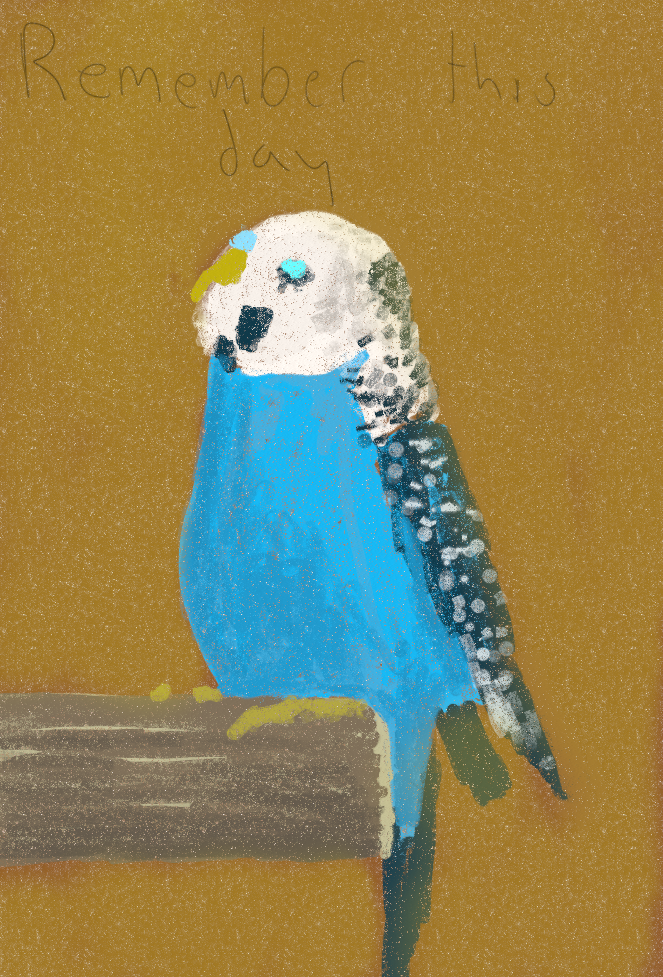The Dust Bowl was a period of severe dust storms that greatly damaged the ecology and agriculture of the American and Canadian prairies during the 1930s. The phenomenon was caused by a combination of natural factors (severe drought) and human-made factors: a failure to apply dryland farming methods to prevent wind erosion, most notably the destruction of the natural topsoil by settlers in the region. The drought came in three waves: 1934, 1936, and 1939–1940, but some regions of the High Plains experienced drought conditions for as long as eight years. It exacerbated an already existing agricultural recession.


Elimination of the bison in order to drive native Americans off the land was the first step. The bison were an important part of the ecosystem and key to keeping the soil intact. Once they were gone, the grass was pulled up and the land plowed for farming. But it had lost its ability to deal with drought.